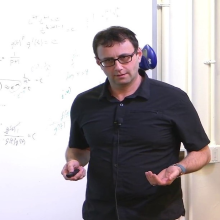
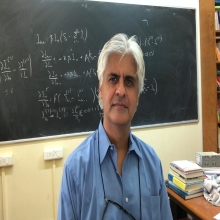
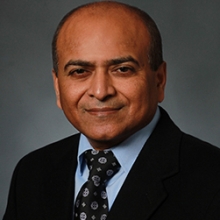


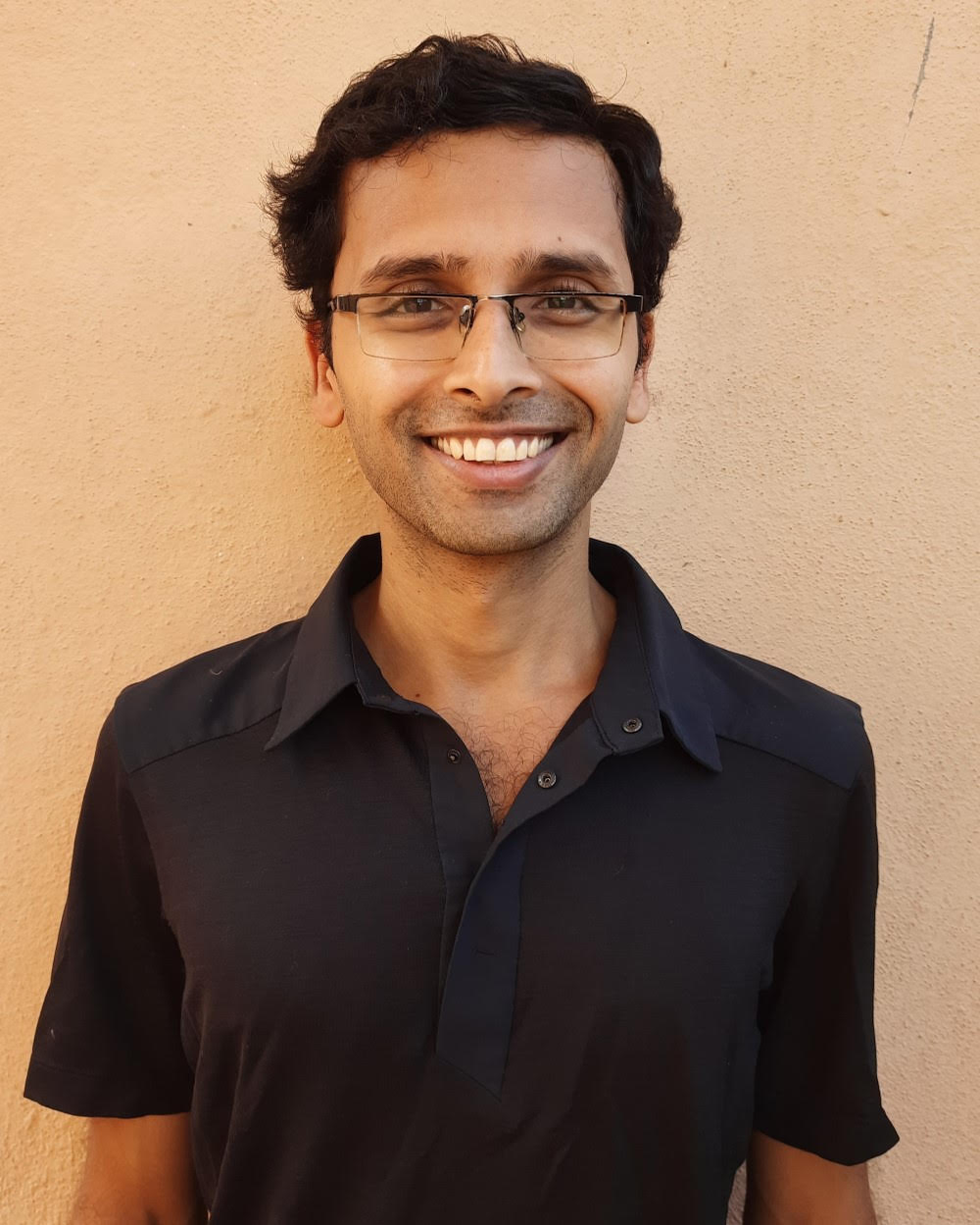

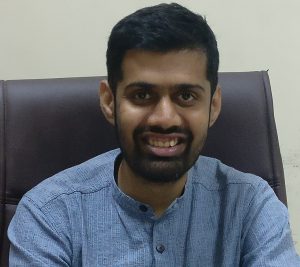


Rapid advances and growth in connected world across different application domains are fast pacing the data volumes generated from range of devices. Such high growth is further endorsed by digital transformation, adoption of advanced Internet of Things (IoT) solutions, cyber physical systems, and Smart Things. Data being the centre of innovative systems, its overall realization in solution building depends on several aspects such as the quality of data; data management; computation; knowledge discovery; decision support, etc.
ICDDS’22 aims to look broadly at data based innovation and technologies in interdisciplinary areas. The conference considers all aspects of data and decision science, applications, solution design and system challenges in all such new paradigms ranging from theory to applied research.
ICDDS’22, a flagship conference of IEEE Computer Society Bangalore Chapter, invites researchers, engineers, and subject matter experts from academia, industry, and start-ups to present their latest innovations in Data/Decision Systems (DDS) and their applications
ICDDS has three tracks :
(i) Foundational Research
(ii)
Systems Research
(iii) Applications.
Authors are
encouraged to submit their original work(s) to any of these tracks.
Track-I Foundational Research aims to receive submissions from theory to novel findings and current practices in all aspects of Data/Decision science
Track-II Systems Research is focused on research addressing the system aspects data/decision science.
Track-III Applications aims to attract submissions related to real-world problems and their solution approach using data/decision science.
All accepted and presented papers will be published as conference proceeding and will be included in IEEE Computer Society Digital Library.



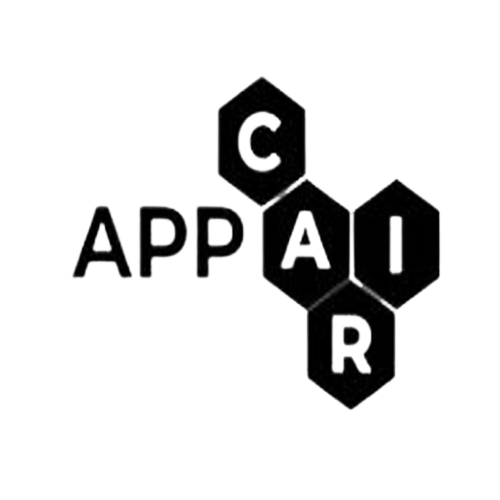
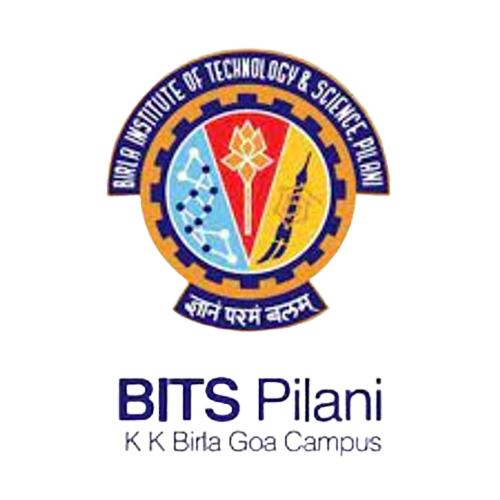
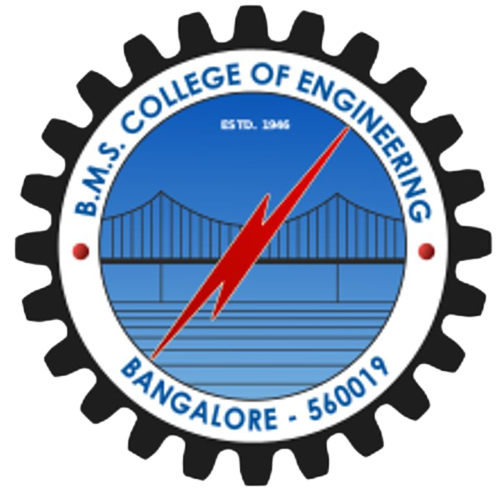
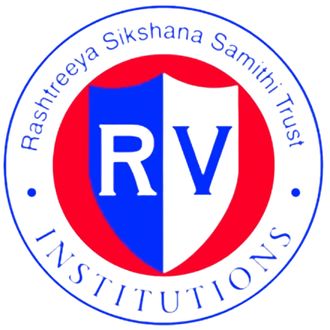
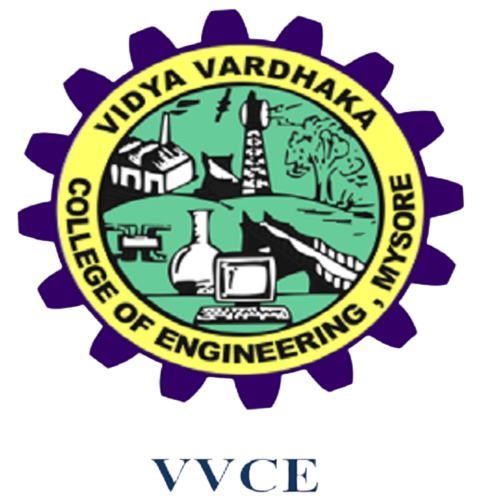

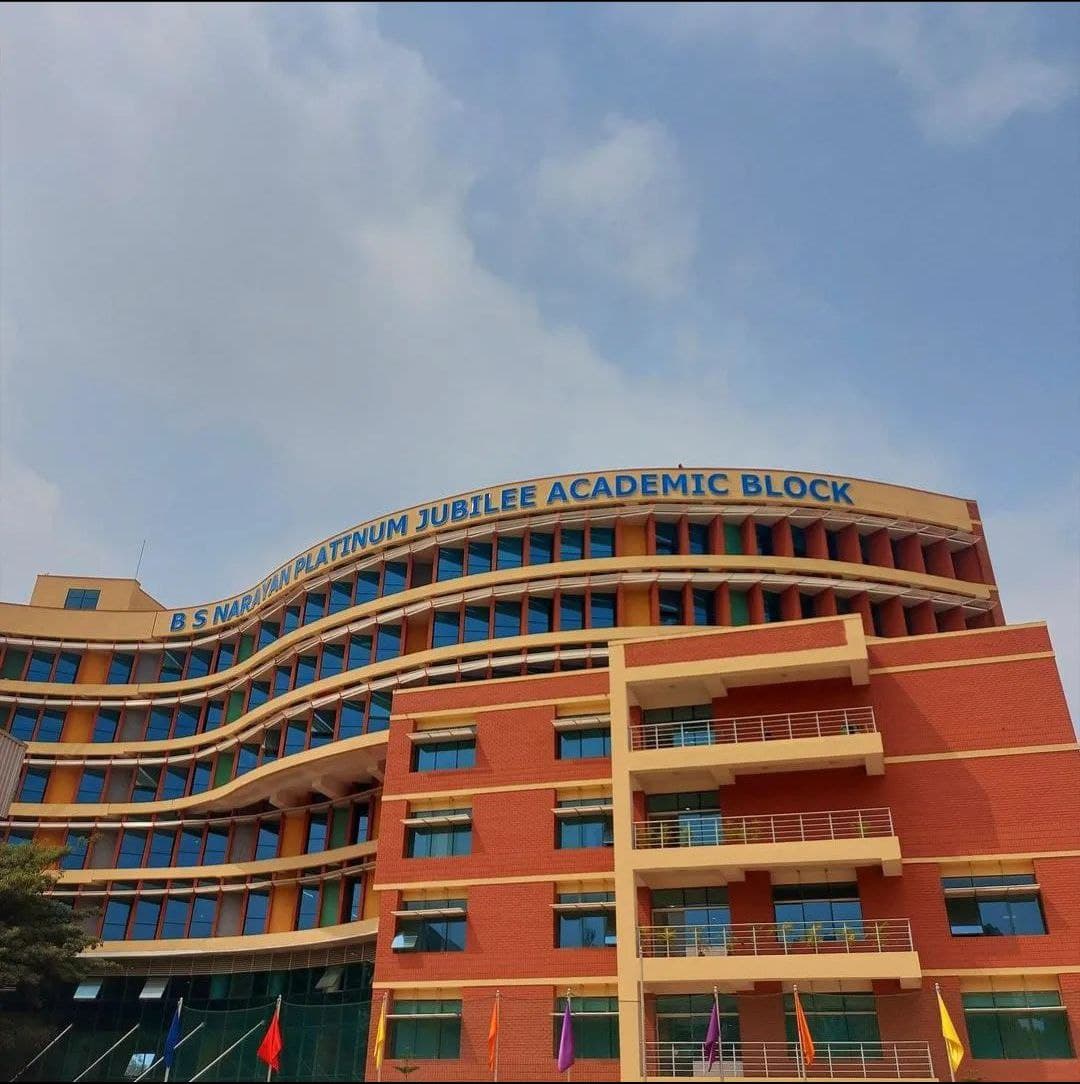
B.M.S. College of Engineering is a private engineering college in Basavanagudi, Bangalore, India. It was started in 1946 by Bhusanayana Mukundadas Sreenivasaiah and is run by the B.M.S. Educational Trust. It is affiliated with Visvesvaraya Technological University and became autonomous in 2008.